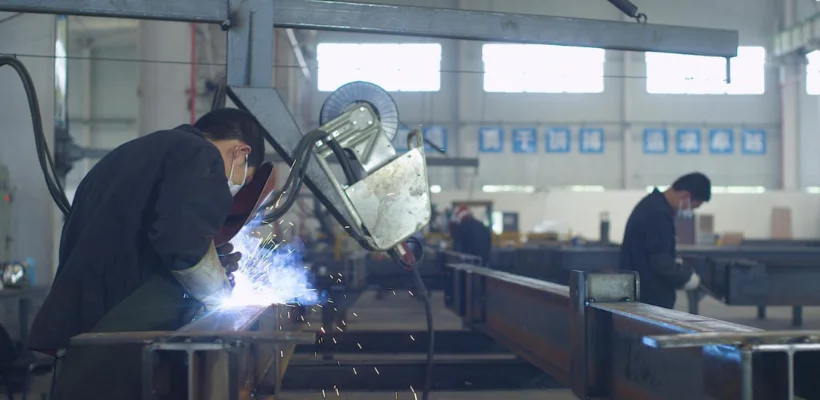介绍
In the photovoltaic (PV) industry, precision and efficiency in wafer processing are crucial for cost reduction and energy efficiency. Traditionally, wire saws with steel wires and slurry-based methods have dominated wafer slicing. However, ring diamond wire (RDW) has emerged as a cutting-edge alternative, offering significant advantages. This article compares RDW with traditional cutting methods to determine which is better suited for PV wafer manufacturing.
1. 了解传统切割方法
Conventional wafer slicing in the PV industry relies on slurry-based wire sawing, where silicon carbide (SiC) particles suspended in an oil-based fluid act as abrasives. This process has been widely used for years, but it presents several drawbacks:
- Material Loss: High kerf loss due to the thick cutting interface.
- 加工速度慢:基于浆料的切割需要延长加工时间。
- Environmental Concerns: The use of oil-based slurries results in waste disposal challenges.
- High Maintenance Costs: The need for frequent wire replacements and slurry recycling increases operational costs.
2. Introduction to Ring Diamond Wire (RDW) Cutting
Ring diamond wire technology is a revolutionary advancement that replaces conventional steel wires with a continuous loop of diamond-embedded wire. The embedded diamond particles enhance cutting efficiency and accuracy. Key advantages of RDW include:
- Ultra-Thin Cutting: Reduces kerf loss, maximizing silicon wafer yield.
- High-Speed Cutting: Increases production output by cutting wafers faster.
- Eco-Friendly Process: Eliminates the need for abrasive slurries, reducing waste.
- Lower Operational Costs: Minimal wire wear extends lifespan, reducing downtime.
3. Key Comparisons: RDW vs. Traditional Cutting
| Feature | Traditional Wire Sawing | Ring Diamond Wire Cutting |
|---|---|---|
| Cutting Speed | Slower | Faster (up to 2x improvement) |
| Kerf Loss | High (more silicon wasted) | Low (maximizes wafer yield) |
| Surface Quality | Requires additional polishing | Smoother cuts with less damage |
| Material Waste | Significant | Minimal |
| Environmental Impact | High (slurry disposal required) | Low (dry or minimal fluid cutting) |
| Operational Cost | Higher (frequent wire changes, slurry costs) | Lower (longer-lasting wire, reduced waste) |
4. Why RDW is the Future of PV Wafer Processing
With the demand for high-efficiency solar cells increasing, manufacturers are shifting to thin wafers and high-precision cutting methods. RDW meets these demands by reducing material loss, improving production rates, and offering a more sustainable alternative. Leading PV manufacturers are already adopting RDW to stay competitive in the solar industry.
5. Conclusion
Ring diamond wire cutting offers superior efficiency, lower costs, and better sustainability compared to traditional wire sawing methods. As the PV industry moves towards high-efficiency solar cells and cost-effective production, RDW stands out as the optimal solution for wafer processing. Companies looking to enhance their solar wafer manufacturing process should consider adopting this advanced technology to improve yield and reduce operational expenses.

